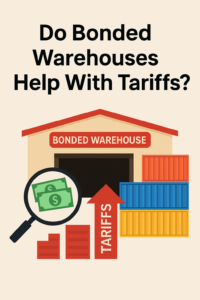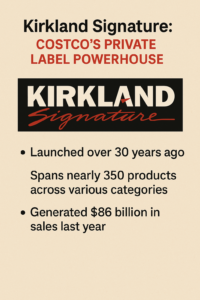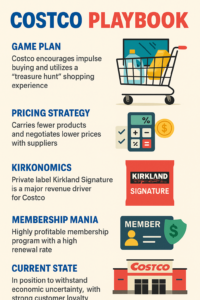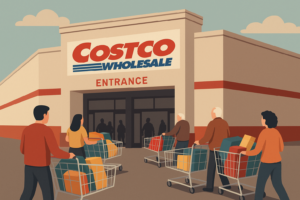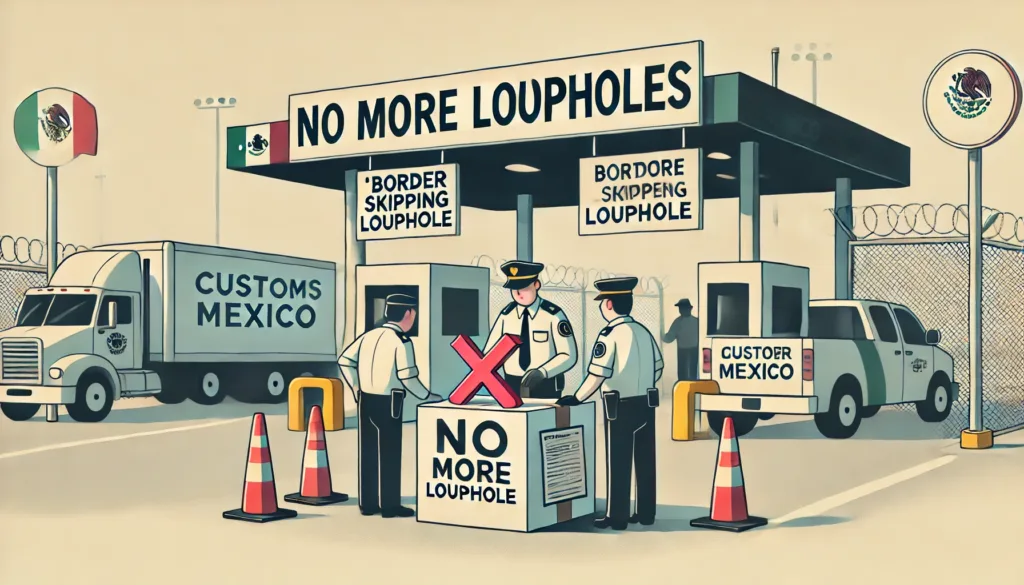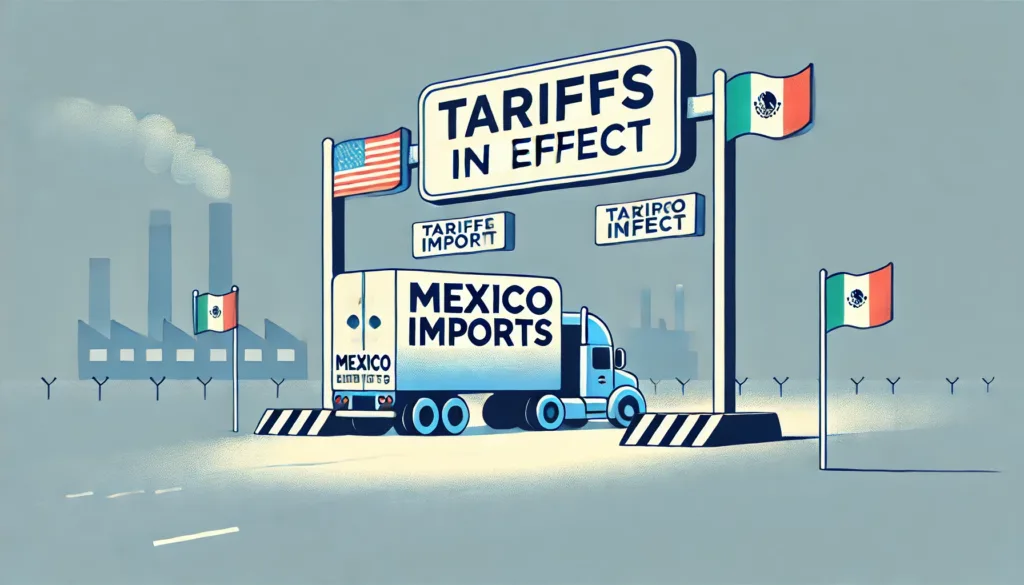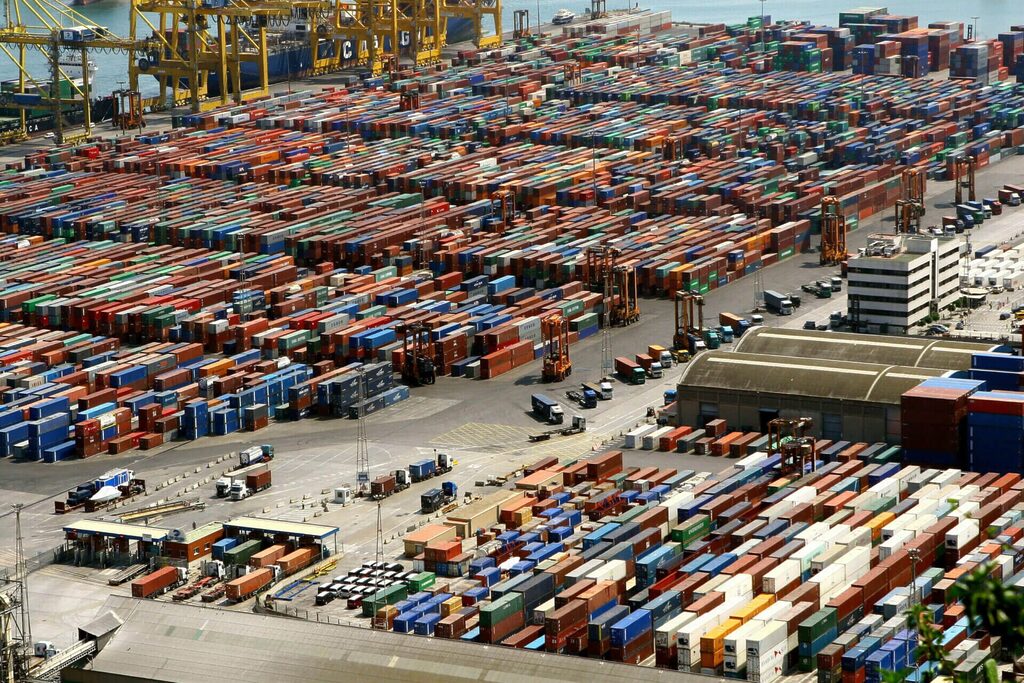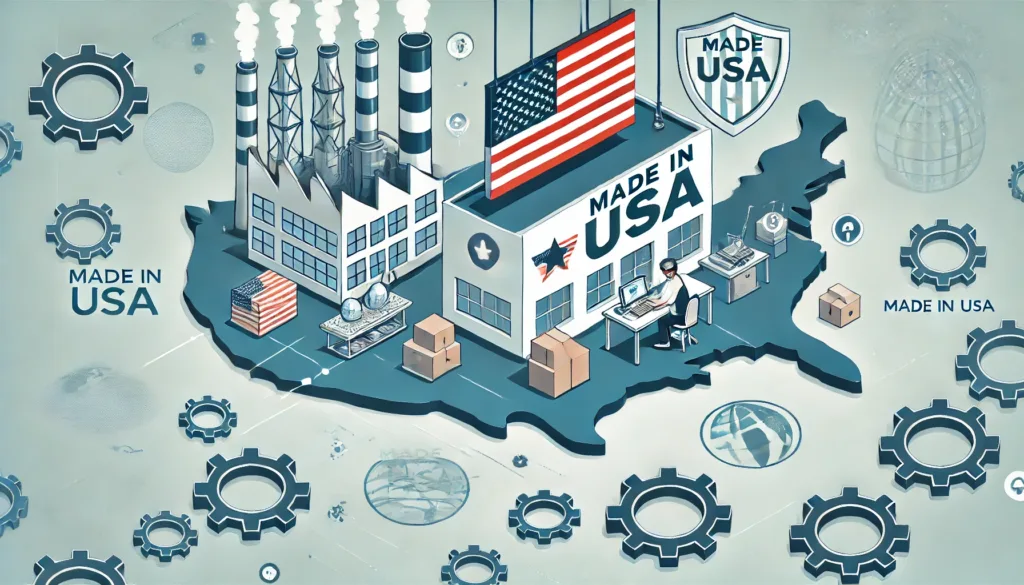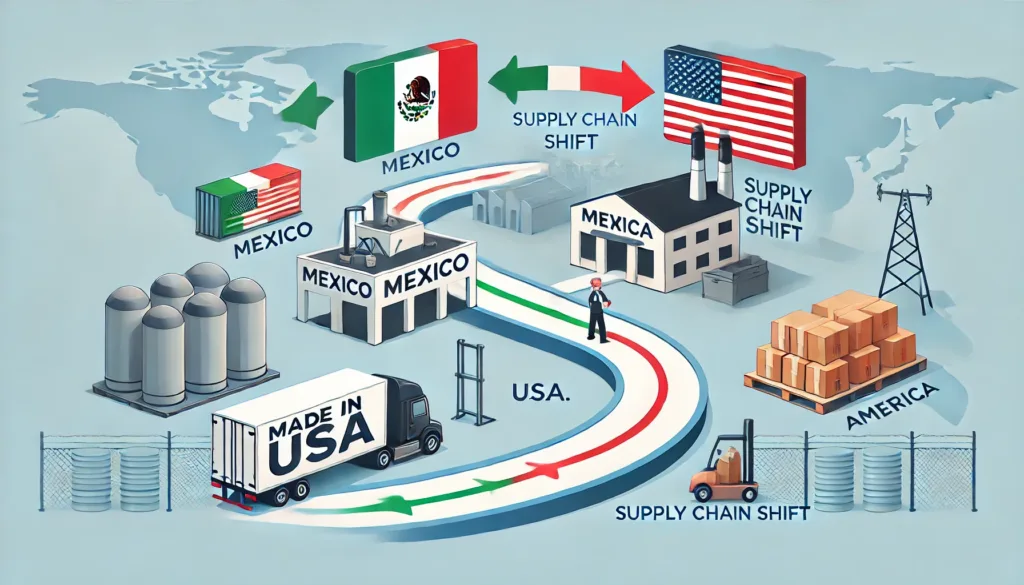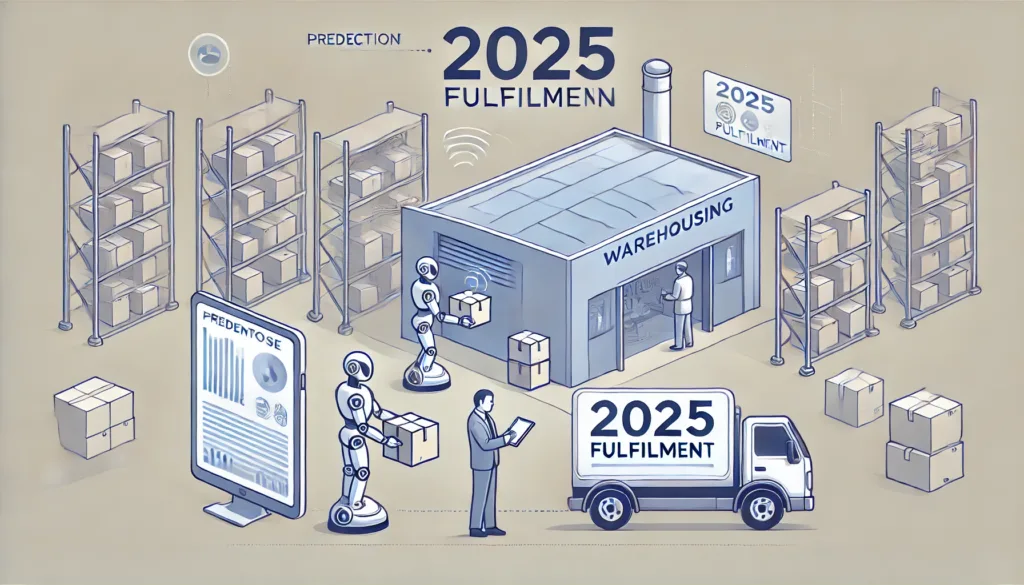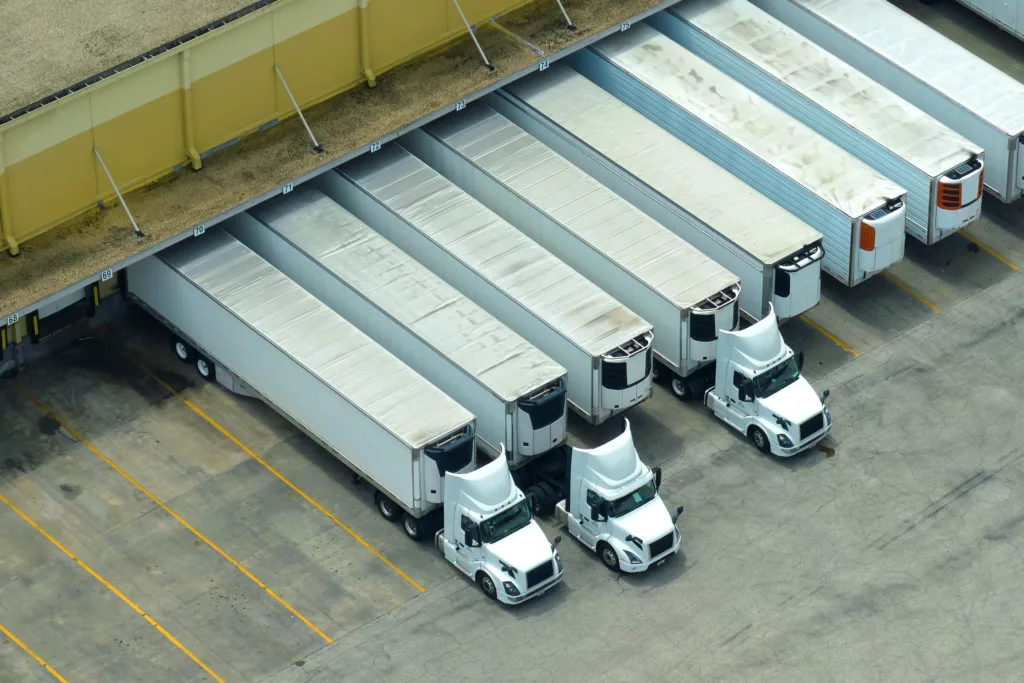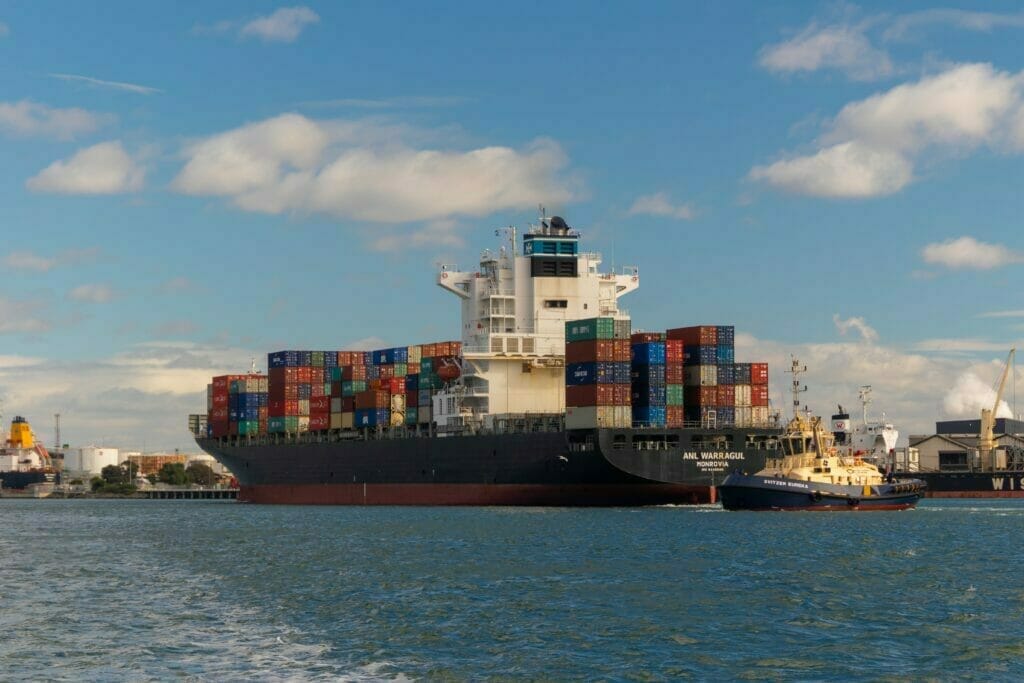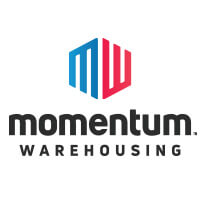What is a Bonded Warehouse?
Not A Tarriff Solution
A bonded warehouse is a secure facility authorized by customs where imported goods can be stored without immediate payment of duties or tariffs. Duties are only paid when the goods are released into domestic commerce. On the surface, this sounds like a cost-saving opportunity, especially when trying to buy time amid tariff uncertainty.
Do Bonded Warehouses Help With Tariffs – No – Sellers Still Pay Duties.
However, the real question remains: do bonded warehouses help with tariffs in a meaningful, lasting way? While they can defer tariff payments, they do not eliminate them. Duties must still be paid upon release, meaning the cost is simply delayed—not avoided.
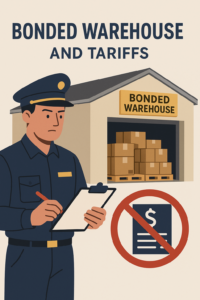
The Real Costs Behind Bonded Warehousing
Tarriff Price vs Bonded Warehouse Costs
The most overlooked cost? Storage fees. Bonded warehouses typically charge much higher rates than standard 3PLs or non-bonded storage facilities. In fact, across the industry, storage costs at bonded warehouses can be 2x to 4x higher, depending on location and compliance requirements.
Cost of Poor Service with Bonded Warehouses
So while some sellers are told that bonded warehouses help with tariffs by easing short-term duty burdens, they often end up paying more in long-term storage and service trade-offs. Labor is usually minimum wage, speed and accuracy suffer, and your goods often receive minimal attention inside these oversized facilities.
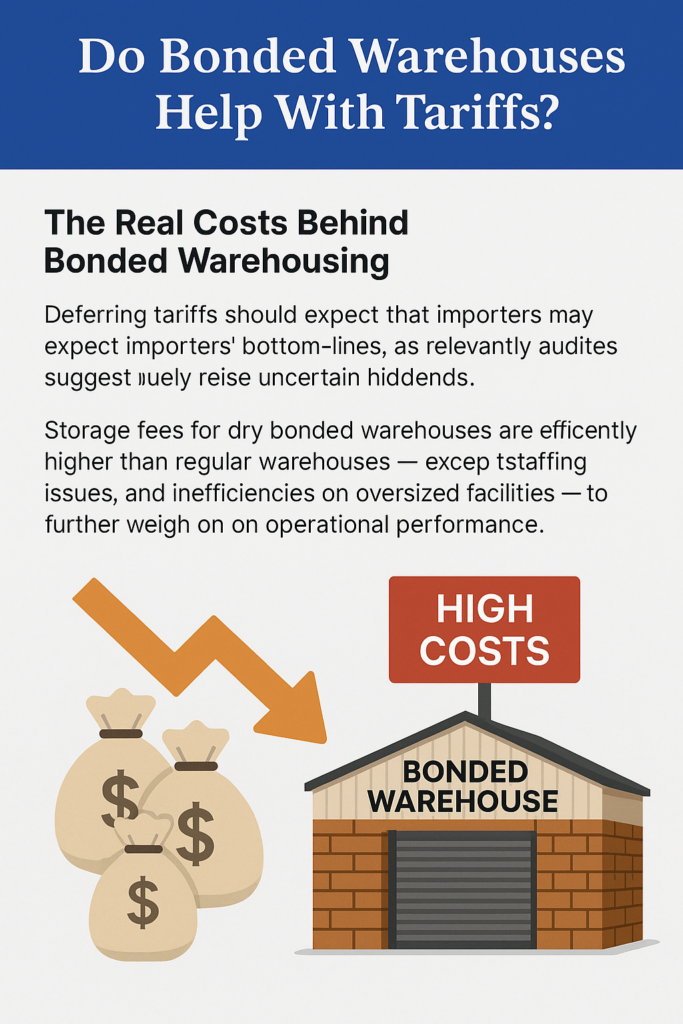
What About Value-Added Services?
American Labor vs Chinese Labor
Some articles tout the benefits of conducting value-added services like kitting, bundling, or light assembly before duties are assessed. While this may look good on paper, it often doesn’t pencil out. Labor for these services inside bonded warehouses is significantly more expensive than doing the same work at your manufacturer overseas.
Do Bonded Warehouses Help With Tariffs – No – And They Cost More
So while it might sound like bonded warehouses help with tariffs by enabling pre-duty modifications, the reality is that labor costs and slow turnaround typically wipe out the savings. For most importers, it becomes a high-cost tradeoff rather than a practical savings strategy.
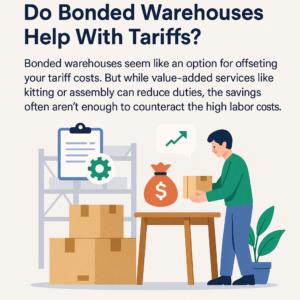
We Know You’re Looking for Solutions
SupplyChain Pain – We Feel It Too
We understand the pressure importers are under. Tariffs are unpredictable. Margins are tight. You’re trying to stay lean while keeping customers happy. It’s tempting to look for silver bullets, and bonded warehouses are often pitched as one.
Do Bonded Warehouses Help With Tariffs – No – But Here’s a Trick to Help…Ssshh!
Split your suppliers Commercial Invoice into two seperate invoices. One invoice should be for labor. Another invoice, used for customs, should be used for parts and components. This will reduce the total taxable invoice amount when it comes time to pay your duties.
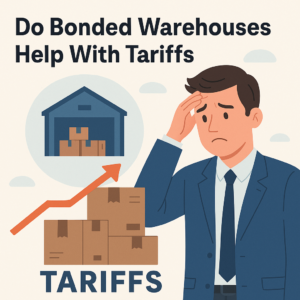
So, Do Bonded Warehouses Help With Tariffs?
Yes—but only on paper and only for a while. In practice, bonded warehouses help with tariffs only through temporary deferral, not actual savings. They may suit niche use cases like re-export or restricted item storage, but they’re rarely a fit for modern, cost-conscious importers.
Before making the leap, do the math. And if you need help mapping a cost-effective plan for your products, reach out to a warehouse partner that actually invests in your success—not just your storage.
